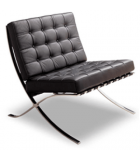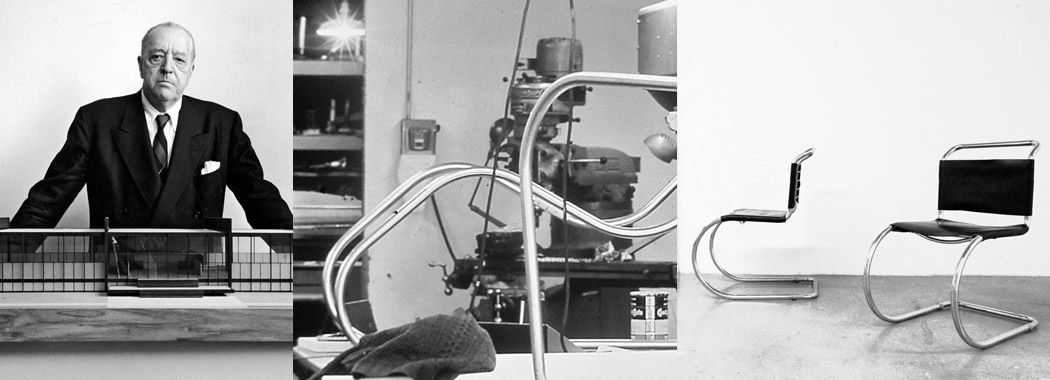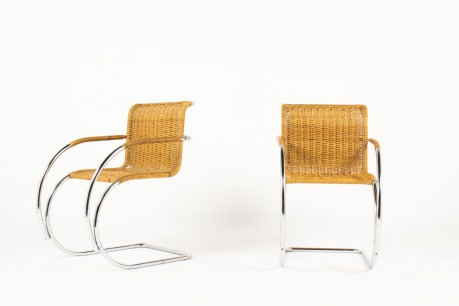Mies van der Rohe


Born in 1886 in Germany, Ludwig Mies van der Rohe is one of the most influential architects of the 20th Century. His architectural projects are characterized by their clear shape and the intensive use of glass, steel
After working in a family business of stone carvers, Mies van der Rohe joined Bruno Paul’s architecture study in Berlin in 1906 and then that of Peter Behrens in 1908.
In the
In 1937, Ludwig Mies van der Rohe goes to the United States into exile with the rise of Nazism. There, he directs the Chicago Institute of Technology school of architecture and he dedicates himself to skyscraper building. He died in Chicago in 1969.


